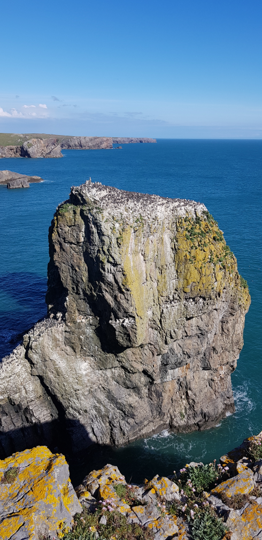The Offshore Renewables Group in BioSS work to understand the impact of offshore renewables on seabirds, marine mammals, and the ecosystem. We work on collaborative projects, using and developing statistical methods to investigate how animals are affected by renewables in the marine environment, and use this evidence to inform policymakers and stakeholders.

Understanding environmental impacts
Offshore renewable energy developments are expanding rapidly in the UK and worldwide. Offshore wind is a key element of both the UK strategy for meeting climate change targets and for improving energy security by reducing reliance on energy imports.
The UK holds globally-important populations of seabird and marine mammal species. Many of these species are already under pressure from climate change, avian flu, and changes to their habitat as a result of human activities. Therefore, there is concern that offshore wind farms may exert additional pressure on these species and potentially have a negative impact on their populations. The impacts on wildlife will depend on the location and design of specific developments, and so the potential environmental impact of each proposed wind farm is assessed before the government provides consent for the development to go ahead.
Developing statistical models and tools
Statistical and ecological models are often used to quantify environmental impacts, and BioSS works with ecologists to develop and implement methodology, apply models to data, and convert them into software tools that can be used by stakeholders (government agencies, industry, NGOs and others) to quantity the likely impacts of proposed wind farms. The work of BioSS has a particular focus on measuring and summarising uncertainty in these impacts - this is important because having a clear idea of uncertainty allows stakeholders to be fully informed about the size, nature, and likelihood of different possible impacts.
